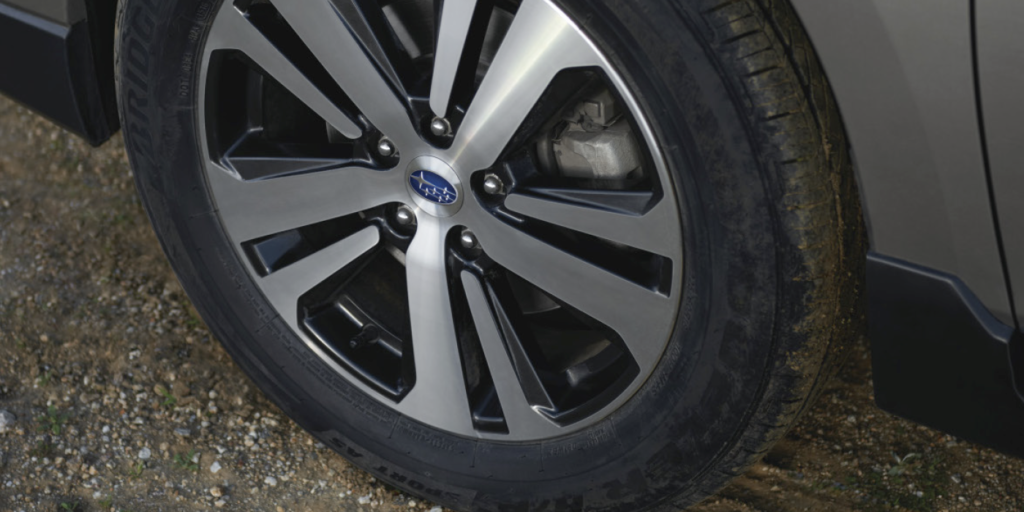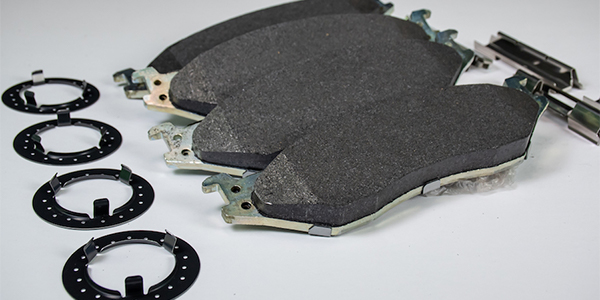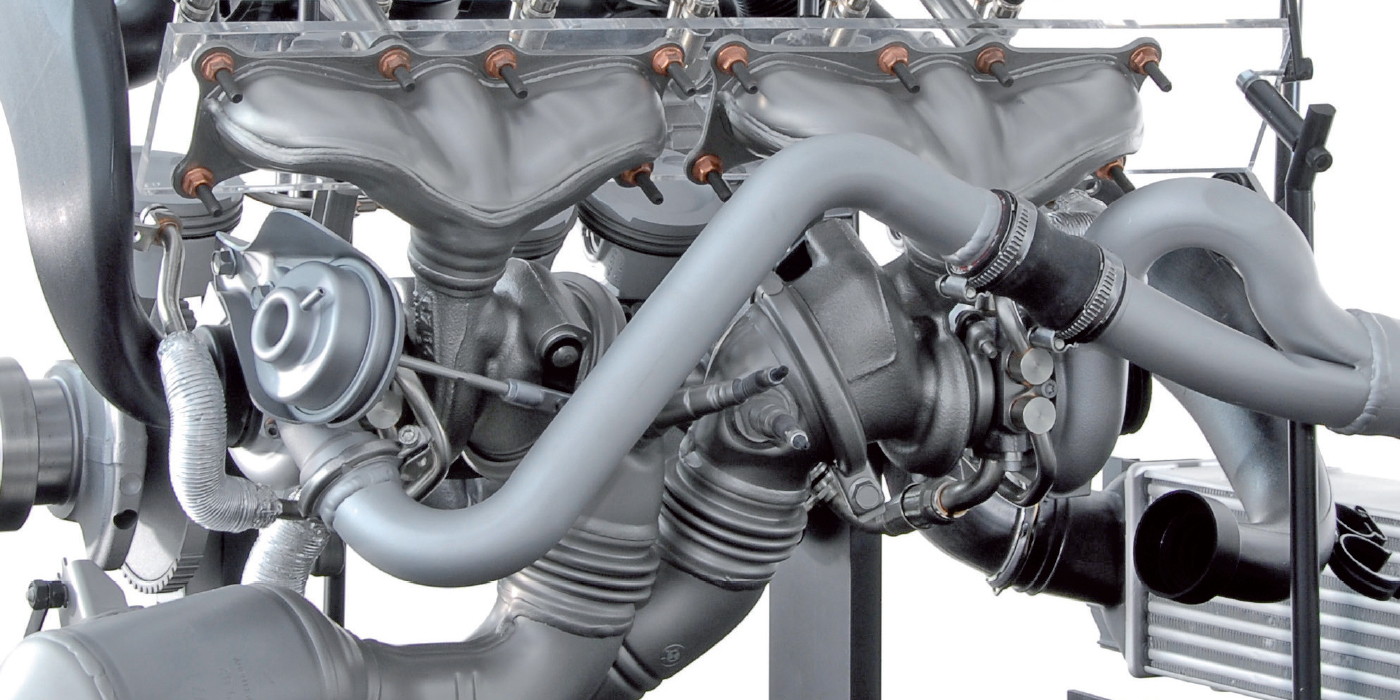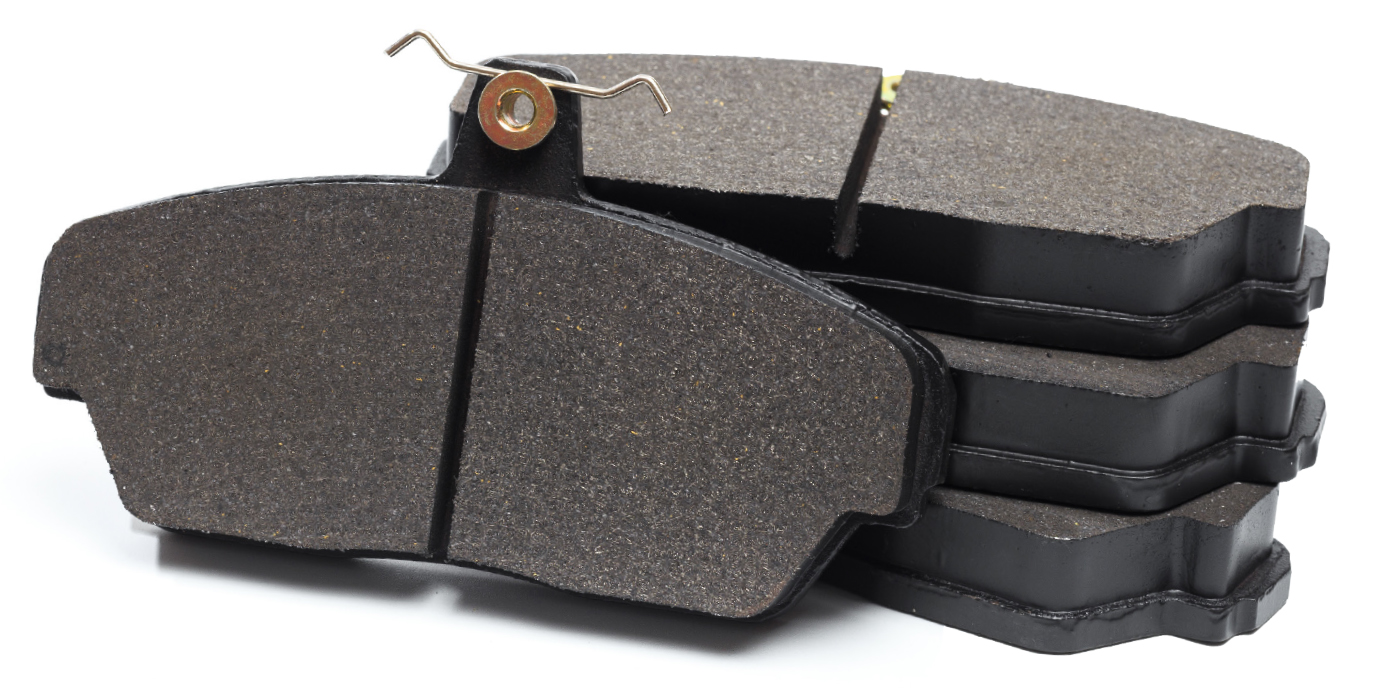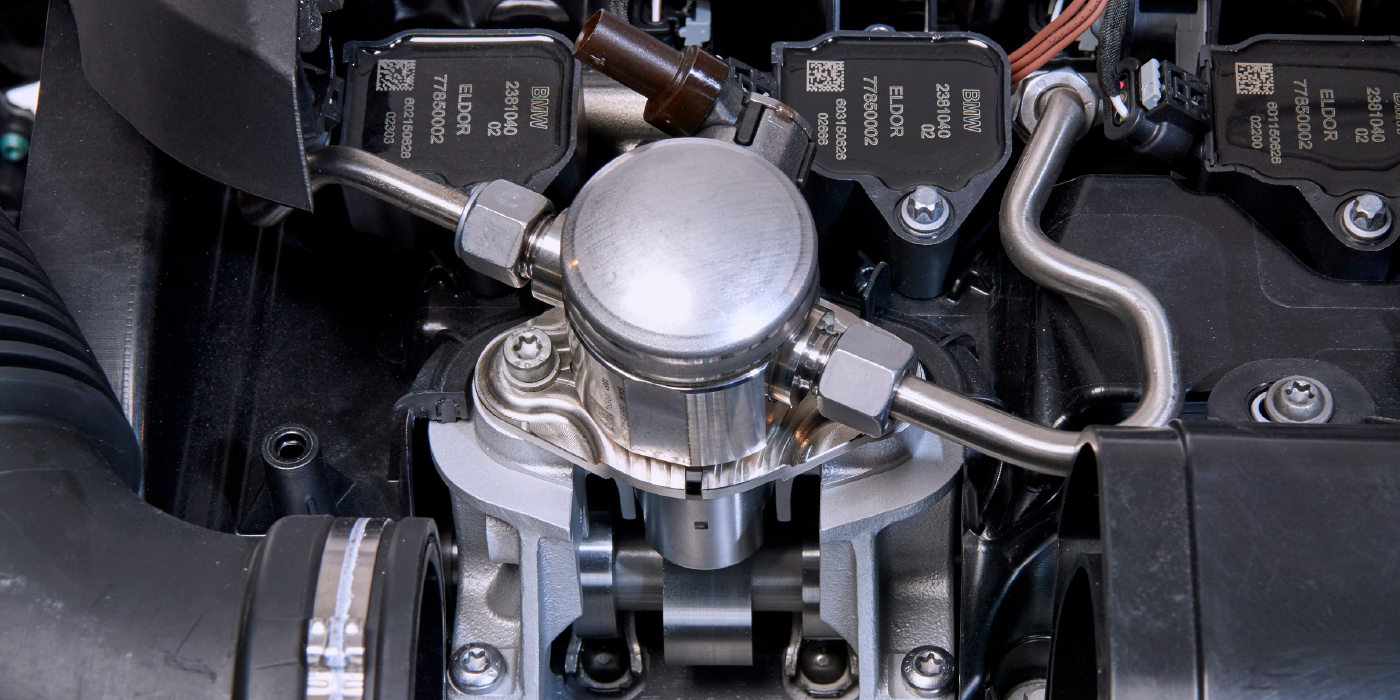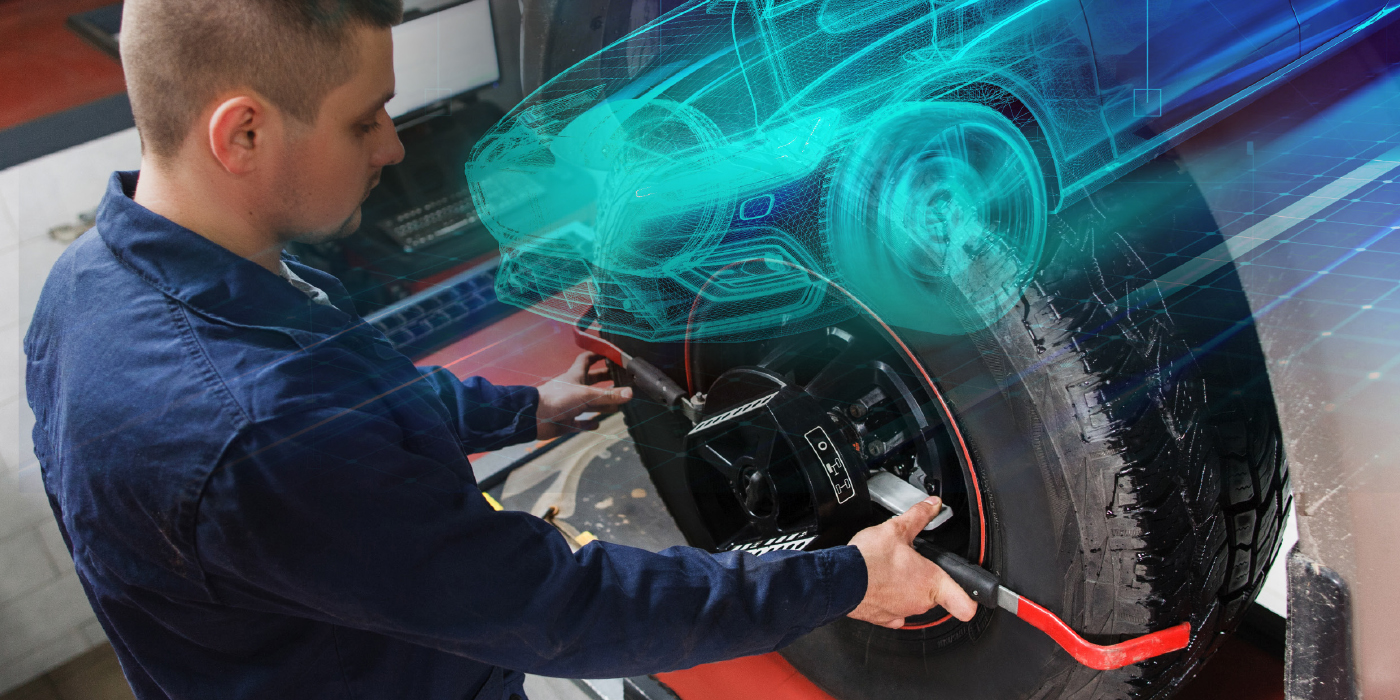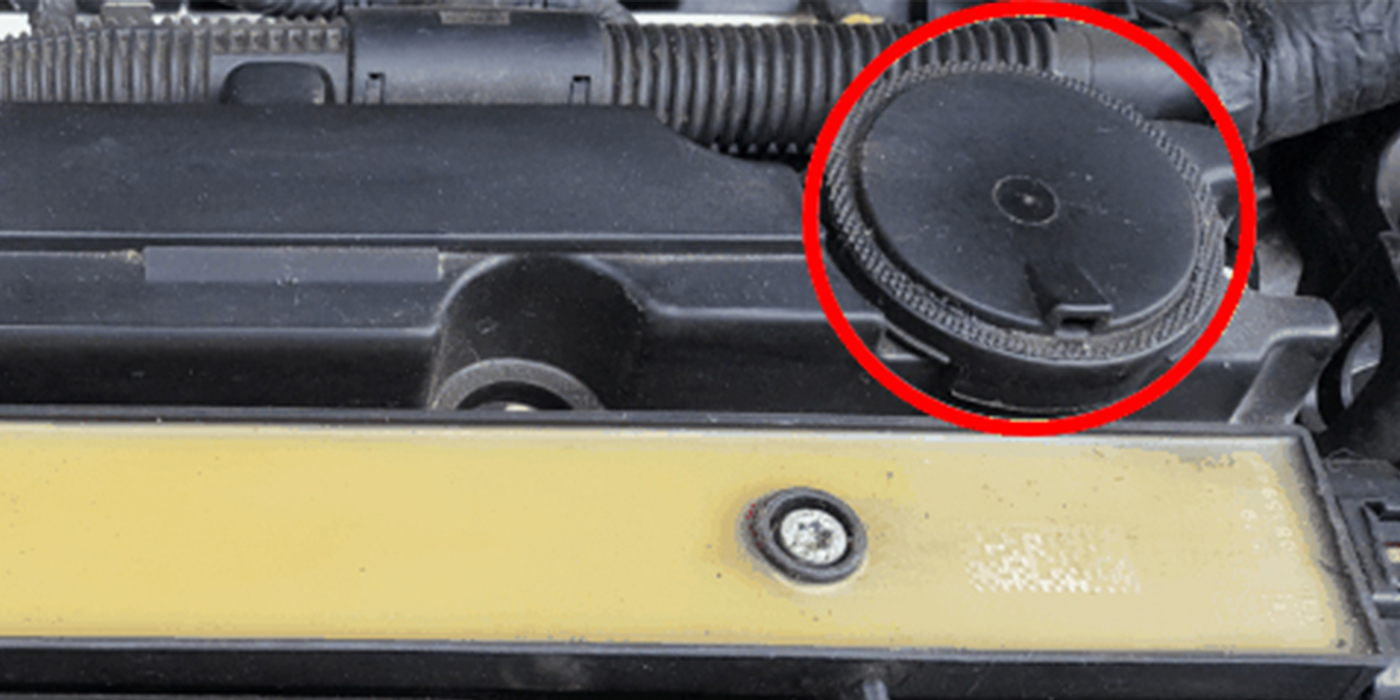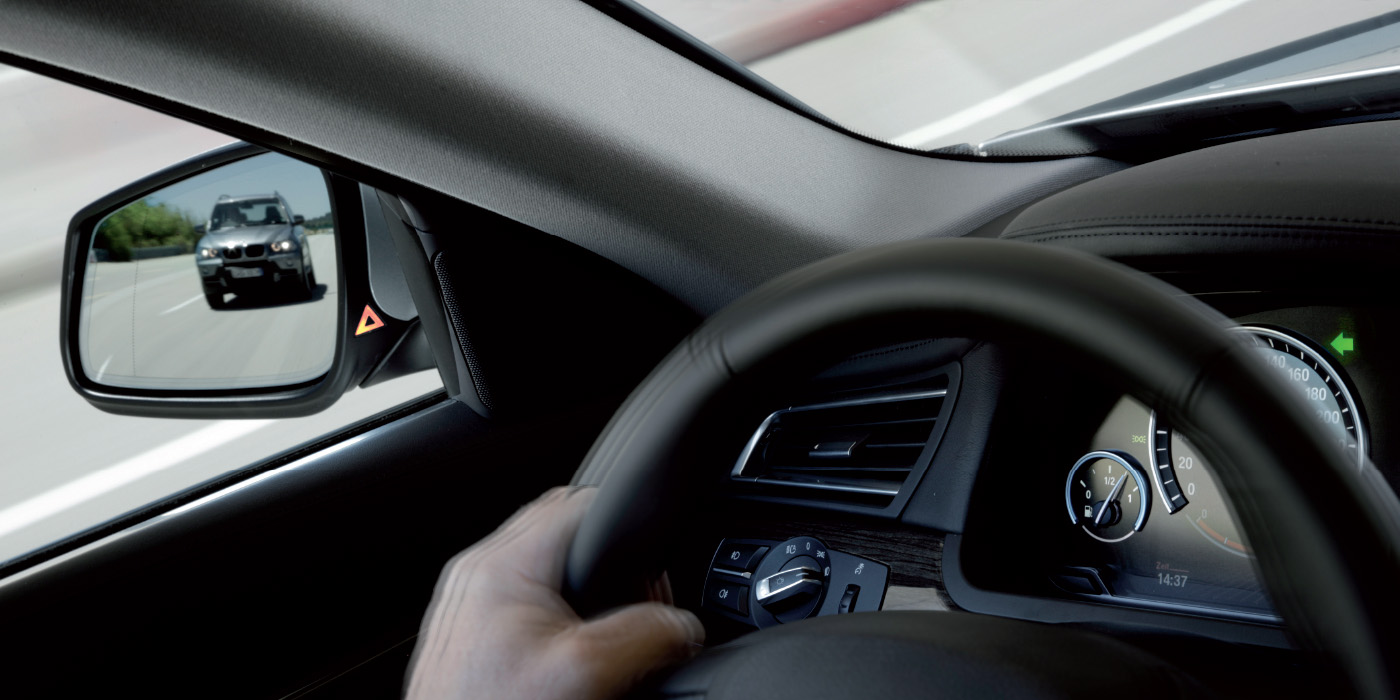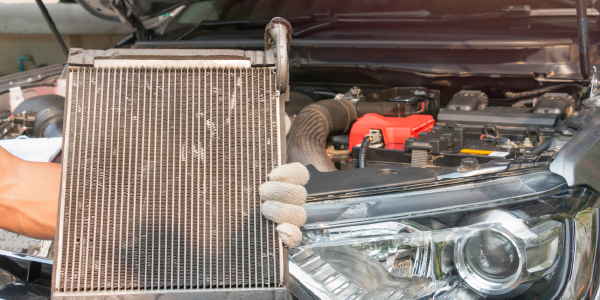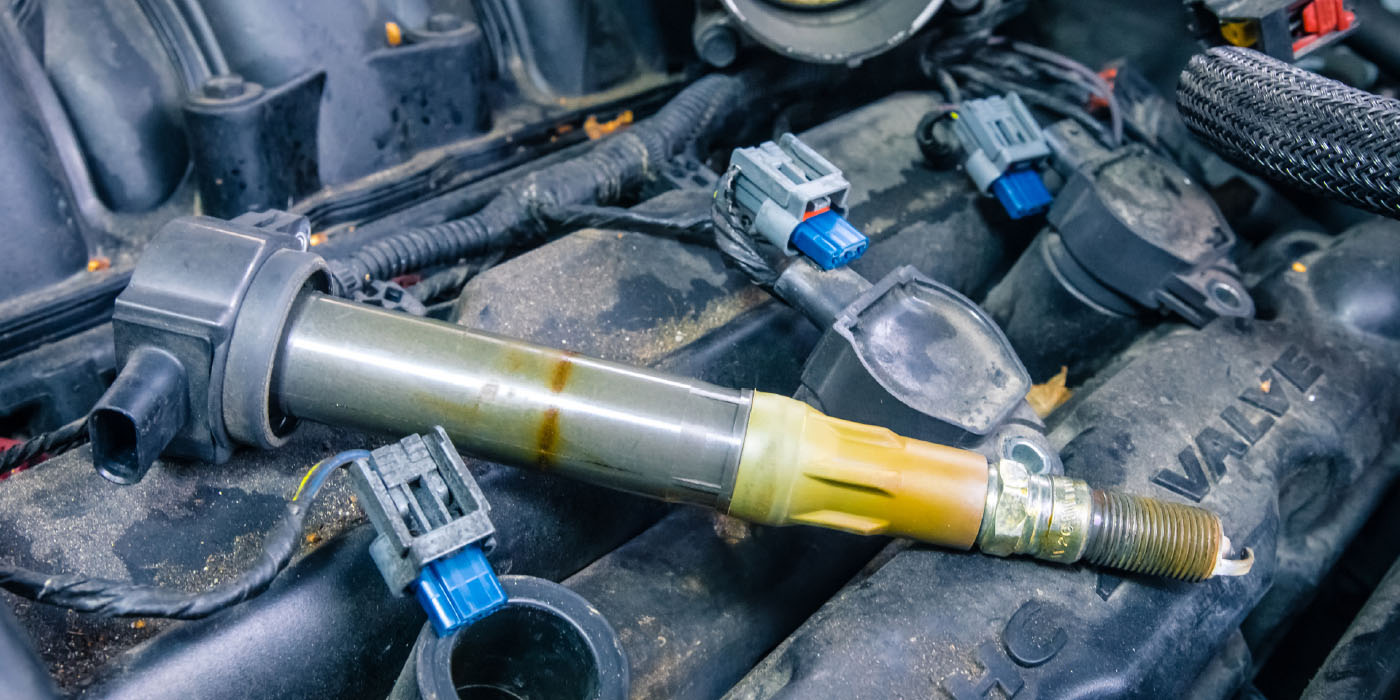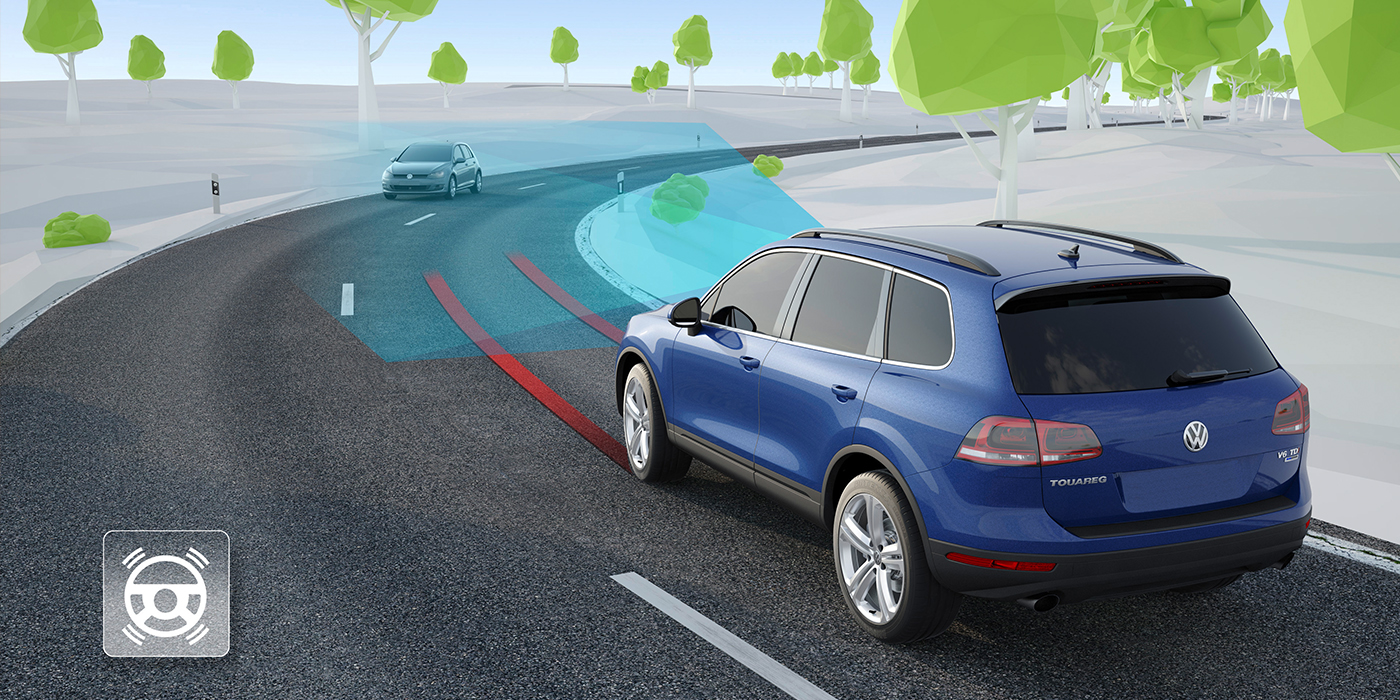Article courtesy BRAKE & FRONT END.
Subaru first started experimenting with TPMS in its vehicles in 2004 with the Subaru Outback and Subaru Legacy. The Subaru B9 Tribeca was outfitted with TPMS in 2006 and the automaker added TPMS to all of its other models in 2008.
The TPMS on Subarus are direct systems. In order to properly service and reset these systems, it’s important that a shop invests in a TPMS tool that can interface through the OBDII port.
Diagnostic Logic

The most common issue a shop will see with a TPMS warning light is low tire pressure. Once all tires have been inflated to the pressure listed on the vehicle’s placard – including the spare – drive the vehicle at 25 mph for 10 minutes.
If the light still hasn’t been reset, check the diagnostic trouble code by plugging the shop’s TPMS tool into the OBDII port. There could be issues with the control module, warning light circuit or a transmitter ID that is not registered properly.
If the TPMS light is blinking, there could be a malfunctioning sensor, dead sensor battery, defective harness or antenna, or the tire monitoring control module is faulty.
The location of the TPMS control module varies by make and year. Some Subarus have the module located behind the dash, while others have it located in the trunk. If you are replacing these modules, be sure to refer to the vehicle owner’s manual for proper location.
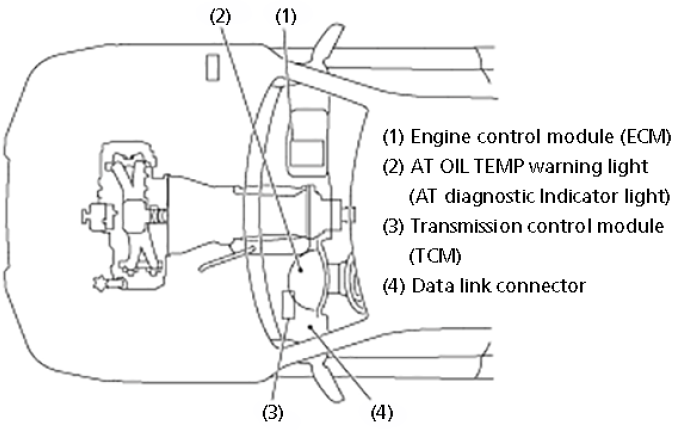
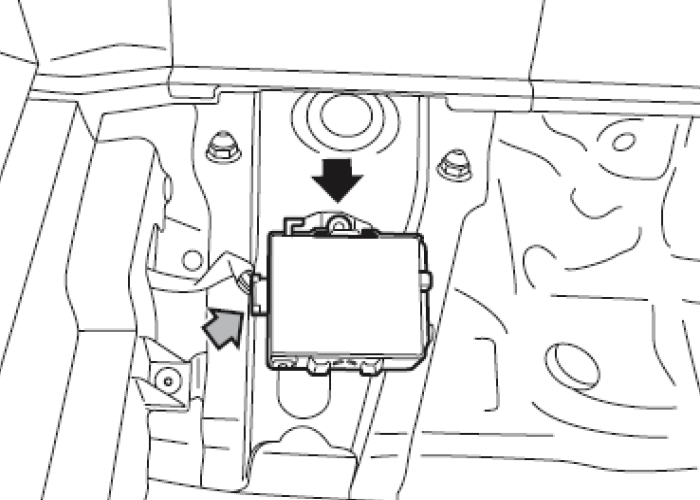
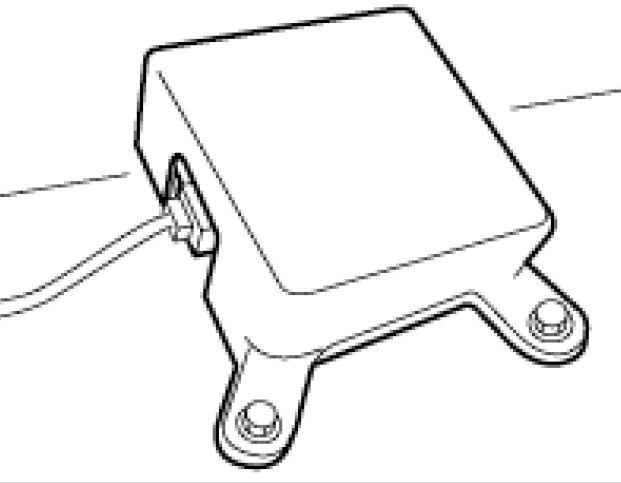
If the tire pressure is dropping, but the warning light doesn’t illuminate, there could be issues with the sensor, vehicle harness or control module.
Some newer Subaru models’ TPMS control modules are integrated with the keyless entry control module. If you have to replace the control module on these vehicles, make sure you also perform a keyless entry relearn.
Additionally, if the keyless entry fob isn’t performing properly you may not be able to perform the TPMS relearn.
Sensor Relearn
There are various relearn steps to follow, depending on what TPMS tool a shop uses to reset the sensors. It is important to follow all the steps of your designated TPMS tool.
Unlike some domestic systems where a relearn procedure can be performed by just pressing a few buttons on a key fob, some Subarus require the use of an enhanced/factory scan tool or dedicated TPMS tool.
To start the relearn process, make sure the ignition is in the OFF position and that all tires have been inflated to the proper pressure. Hold your dedicated TPMS tool to the tire’s sidewall within three inches of the valve stem to read all sensor IDs. After following all the prompts, connect the TPMS tool to the vehicle’s OBDII port. Your TPMS tool may prompt you to turn the vehicle’s ignition into the ON position before completing the relearn.
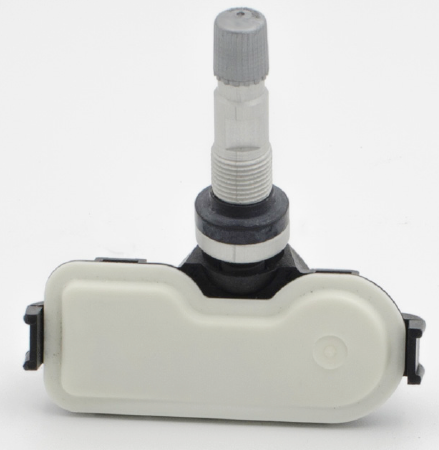
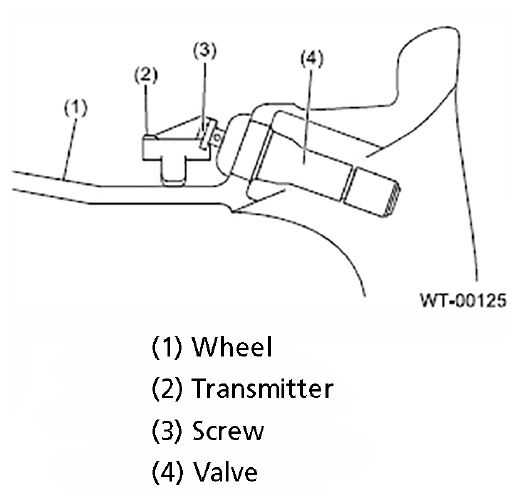
Never assume that the failure of a sensor to register means that the sensor has failed. Sensors are sensitive based on how they are installed on the wheel. Changes in the mounting position of the sensor can interfere with the activation tool, as well as the sensor’s transmission. Always make sure the sensor’s body is parallel to the wheel. And, if a sensor is not registering during a stationary relearn procedure, try rolling the vehicle a foot or two. This can help to position a sensor so brake or suspension components are not blocking it.
Always remember to use a new TPMS service kit when replacing any TPMS sensor.

